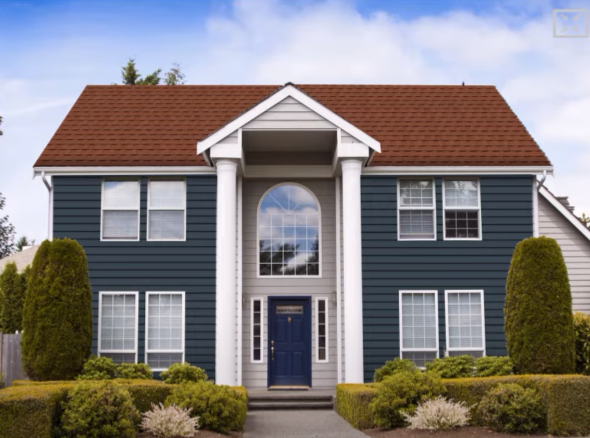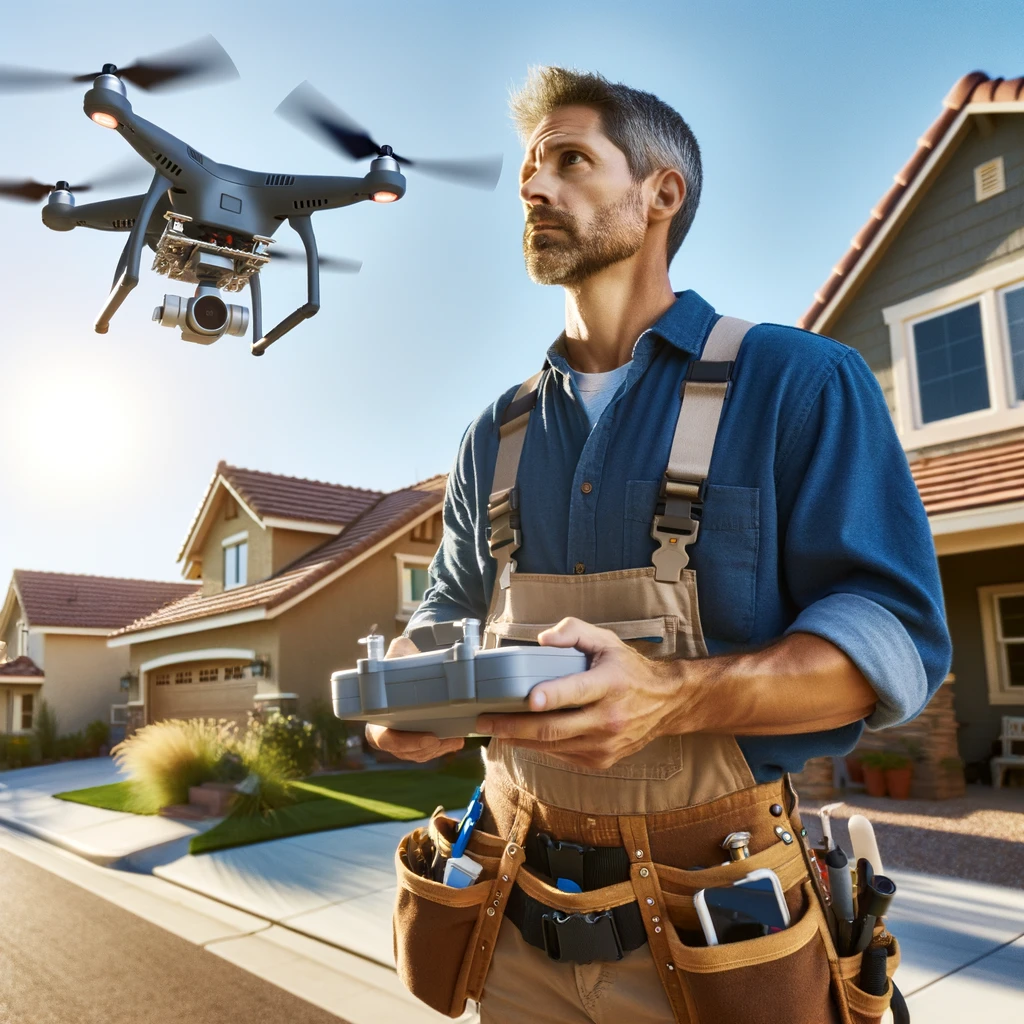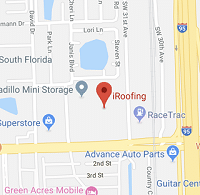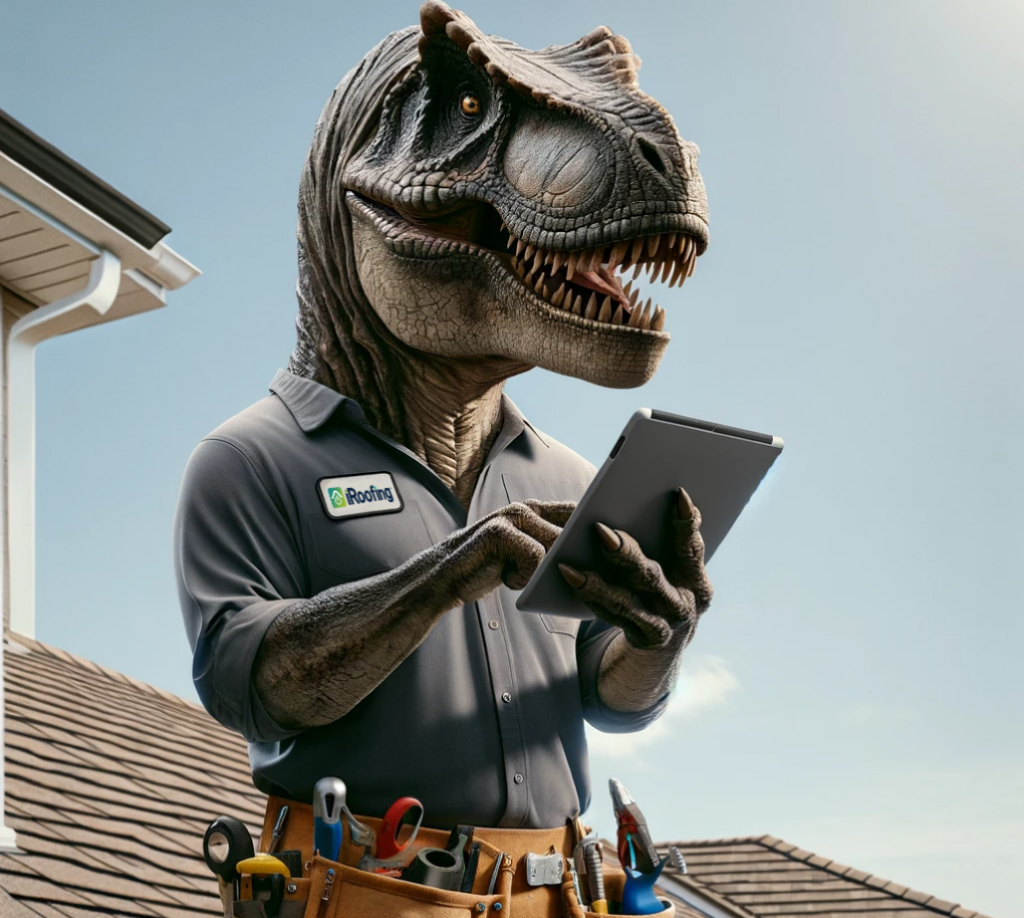No matter what your opinion is on the topic of climate change, severe weather events, rising sea levels, and wildfires are influencing market trends in the construction industry, particularly the roofing industry.
The Earth has always been blessed by nature’s awesome strength and unpredictability. That blessing only becomes a curse when nature’s forces encroach on people’s lives. So, as populations increase and communities spread out across the land, nature’s ebbs and flows become threats and disasters. Surely, a lot of the changes in our climate are just part of a cycle that transpires over great spans of time. The planet got cold leading to the Ice Age, then it warmed back up. Over here the land used to be a seabed. Over there was an ancient city that is now under water. Meanwhile, some blame global warming for California’s rash of devastating wildfires. It’s true that temperatures have been on a steady rise, but the average increase per decade in California since 1912 is 0.161° F or less than 2° total over more than 100 years. That’s according to data compiled by climatecentral (www.climatecentral.org) with figures from the National Climatic Data Center’s U.S. Historical Climatology Network of weather stations. Surely, a centennial change of 2° does not spontaneous combustion make.
With all this hullabaloo over what’s causing climate change, it’s hard to deny that modern civilization is making its own special contribution to kicking Mother Nature in the shins. We can’t expect to convert millions of acres of Amazon rainforest to pastures for 4-legged Big Macs™, Whoppers™ and Baconators™ without bringing about a case of global collapsed lung. Let’s not forget about bovine flatulence, either. (Methane: The silent but deadly killer!) Meanwhile, we crowd the roadways with millions of carbon-dioxide-spewing cars and trucks, invariably occupied by one driver!
Regardless of Earth’s cyclical nature, it is the myopic view of Mankind that the major cause of climate change is our own selfishness, gluttony, and our reckless treatment of the world we’re bequeathing to our descendants. Yet, there’s one upside to our collective guilt. We’re making lifestyle changes. Scientific insights, innovations in manufacturing, advances in technology and well-meaning government regulations, laws and tax incentives lead to things like recycling, wetlands restoration, World Heritage sites and reduced carbon emissions, at least in some countries. (Gentlemen…start your Teslas.) No doubt, its change for the better. We’re all trying harder to embrace Mother Nature’s capricious ways and anything we do to help make the air and water cleaner is going to make mom happy.
Almost every business is trying to do something good for the environment, motivated by corporate responsibility and the windfall that comes by filling a growing demand for environmentally sustainable products and services. Automobile manufacturers may be leading the way, as their products are among the alleged culprits, but keeping the climate temperate seems to motivate everyone. Even the National Hockey League is on the bandwagon. The NHL is concerned about data it has studied from general circulation models factored into research from RinkWatch, a citizen initiative that asks people who love outdoor skating to help scientists monitor winter weather conditions and study the long-term impacts of climate change. After crunching the numbers, eastern Canada will only be able to operate ⅓ of its outdoor skating rinks by the end of the century. Forget about melting glaciers…What’s going to become of all our future hockey stars? Thanks, global warming.
But in all seriousness, the roofing industry is very much in tune with trends affecting weather conditions. After all, roofs are the frontline soldiers fighting the resistance against nature’s assaults.
“Going forward, the most successful roofing companies will be those that work with both clients and regulatory agencies to design and install roofs that offer the most energy-saving potential as well as the least environmental impact with sustainable roofing materials.” That’s according to Houston, TX-based PHP Systems, a leading source for zero-penetration roof pipe and equipment support systems.
Following are just a few examples of how the roofing industry has innovated to prepare us for the storms ahead.

What do we do when the weather gets wetter?
Aforementioned PHP Systems foresees an increasing use of photocatalytic coatings. In part, the coatings they are engineering will address issues such as algae growth due to increasingly wetter weather conditions. But is the world really getting wetter? Climate modeling would seem to predict, yes. Some regions will get much wetter, then again, other places will actually get drier. Okay, you can scratch your head now. No wonder why a lot of people don’t know what to think about climate change. If you follow the tricky logic of statistics, like those painstakingly collected by carbonbrief.org and other groups, areas in the U.S. east of the Mississippi River will gradually get somewhat wetter and when the rain falls, it’s going to be more torrential. Maybe by the time rooftop algae becomes a big to do, our descendants will have found ways to make nutritious smoothies from it and rooftop algae farming will be in vogue.
What do we do when the weather gets hotter?
If, in fact, temperatures are rising for the long-term foreseeable future due to climate change, roofing methods and materials in homes and buildings will continue to develop into better ways to insulate us from the relentless beat-down by ultraviolet radiation, a.k.a. the Sun. It’s at the rooftop-level that 70% of heat-gain happens. With reflective and radiative materials and processes, heat gain can be reduced, which directly leads to greater energy efficiency inside homes and buildings. In other words, your air conditioner doesn’t have to run all day. Materials, such as modified bitumen membranes and elastometric coatings used in roofing installations, like those made by Polyglass and others, effectively reflect the Sun’s rays away from homes or buildings. These companies are now seeing a growth in demand for products that facilitate cooler roofs.
What do we do when the winds pick up?
In recent decades, it seems the frequency of tornados has increased in the U.S., but meteorologists are cautious to say for sure because weather prediction is decidedly more accurate than ever before and reporting of tornados is more common. In other words, it very well can only seem like there is a higher frequency of tornados. One thing is indisputable however, population growth and personal automobiles have enabled communities to spread into hurricane and tornado-prone areas. Lessons learned from the impacts of these powerful wind events on building construction have led to innovations in roofing products, including improved asphaltic primers, sealants, and cement. Companies like GAF make adhesive products that can keep shingles in place even in hurricane-force winds. Check out this video from GAF that simulates really bad weather situations. Other wind-defying products include hurricane clips. Builders have even figured out which roof designs hold up best in extreme winds. For example, hip roof design seems more resilient under heavy winds than other roof styles.
What can roofing contractors do to turn climate change into opportunity?
Since roofs are the most vulnerable and exposed part of any building, here are the things roofing contractors can do to help property owners beat the heat and weather the storms brought upon us, courtesy of our beautiful and dynamic planet Earth.
- Study the weather trends in your local area. Know the seasonal extremes and be prepared to make your customer aware of this information. Depending on a property owner’s budget, there may be good suggestions to make to them regarding higher quality products that address particular recurring severe conditions of their area. Whether it be wind, hail, or sun. There are lots of resources online to help you gain knowledge of weather changes in your area. NOAA, the National Oceanic & Atmospheric Administration has good information throughout their website and in a blog about climate trends.
- Know all you can about the extra products and techniques you can recommend for a roofing project, including securely attached roof decking; hurricane straps; proper flashing and starter strip techniques; wind and impact-resistant coverings; baffled ridge and soffit vents; proper fastener/nailing; and fascia board below the underside of the soffit, to name just a few things. Explaining and offering these products and preventative measures for any new roof installation is sure to be appreciated and property owners are likely to feel more confident in their decision to hire your company.
- Use eco-friendly roof measurement and roof estimating software to save time and impress property homeowners with your mastery of technology. Platforms like iRoofing.org are simple to use and much more cost effective than ordering a roof report from a 3rd-party. And why is roofing software eco-friendly? Because measuring a roof remotely reduces your carbon footprint enormously. Fewer trips to the job site for assessing a roofing project mean less time on the roads and in idle traffic with your truck or fleet of trucks. House measuring software can come with additional features including pitch detector tools, roof color and roof material simulation, plus many other capabilities needed to thoroughly assess a roofing project for a home or building before you ever meet face-to-face with the property owner or visit the project address!
- Follow up with customers after any severe weather incident to make sure their roof withstood the storm and see if any of their neighbors might need immediate assistance due to roof damage. Let them know you care. After all, we’re sailing through space on this beautiful blue-green marble together!
With the gradual changes in our climate, and with more and more people living in harm’s way, the roofing industry is likely to keep growing and prospering. But, roofing contractors don’t just have a role to play in replacing roofs and restoring shelter for people impacted by the immutable forces of Mother Nature, they also play a vital role in preventing damage to homes and buildings by promoting the best products and practicing the best techniques in roof installation.
https://www.phpsd.com/blog/will-climate-change-influence-roof-construction
Big Macs™, Whoppers™ and Baconators™ are trademarks of McDonald’s, Burger King, and Wendy’s respectively.
















